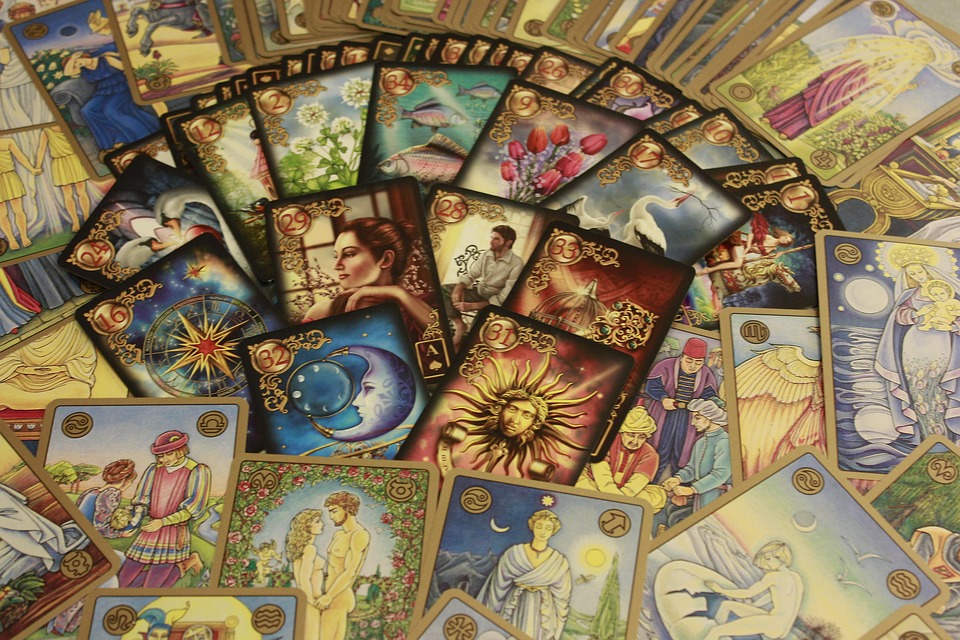_tarot card readings have been a popular form of divination for centuries, offering insights into an individual’s past, present, and future. While a single card can provide valuable information, the true power of tarot lies in combining multiple cards to gain a deeper understanding of a situation. In this article, we will explore the art of combination, discussing the basics of tarot card pairings and providing tips for mastering this technique to enhance your readings._
Understanding Tarot Card Pairings
When combining tarot cards, each card builds upon the previous one, creating a narrative that reveals a more comprehensive picture of the situation. There are several ways to pair tarot cards, including:
- Complementary pairings: combining cards that have similar themes or energies, such as pairing the Empress with the High Priestess to explore feminine intuition and creativity.
- Contrasting pairings: combining cards that have opposing themes or energies, such as pairing the Death card with the Birth card to represent transformation and renewal.
- Storytelling pairings: combining cards that tell a story, such as pairing the Fool with the Magician to represent a journey of self-discovery and empowerment.
Basic Tarot Card Pairing Techniques
To get started with tarot card pairings, try the following techniques:
- Three-card spreads: draw three cards to represent the past, present, and future of a situation, or to represent the situation, challenge, and outcome.
- Celtic Cross spreads: a more complex spread that combines six cards to represent different aspects of a situation, including the present situation, challenge, past influence, and future outcome.
- Relationship spreads: draw two or more cards to represent the energies and dynamics between individuals, such as a romantic partnership or friendship.
Advanced Tarot Card Pairing Techniques
For more experienced readers, try the following advanced techniques:
- Layering: combine multiple cards to create a layered meaning, such as drawing a card to represent the surface level of a situation, and then drawing additional cards to represent the underlying energies and influences.
- Fractal pairing: combine cards that reflect each other, such as pairing the Wheel of Fortune with the Star to represent the cyclical nature of fate and destiny.
- Elemental balancing: combine cards that balance each other elementally, such as pairing a fire card with a water card to represent the integration of passion and emotion.
Tips for Mastering Tarot Card Pairings
To become proficient in tarot card pairings, keep the following tips in mind:
- Practice, practice, practice: the more you practice pairing tarot cards, the more comfortable you will become with the different techniques and combinations.
- Trust your intuition: don’t be afraid to trust your gut instinct when combining cards, as your subconscious mind may pick up on subtle patterns and connections that you are not consciously aware of.
- Keep a tarot journal: record your readings and pairings to track your progress and reflect on your insights and observations.
Conclusion
Mastering tarot card pairings takes time and practice, but the rewards are well worth the effort. By combining multiple cards, you can gain a deeper understanding of a situation, revealing hidden patterns and connections that can inform and guide your decisions. Whether you are a beginner or an experienced reader, the art of combination offers a powerful tool for enhancing your tarot readings and tapping into the mysteries of the universe.


Leave a Reply